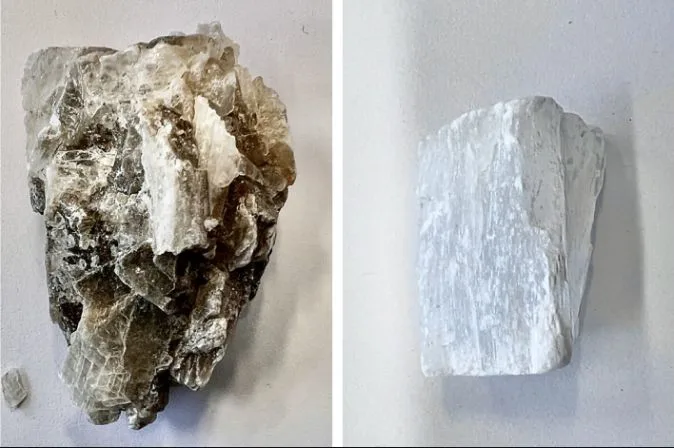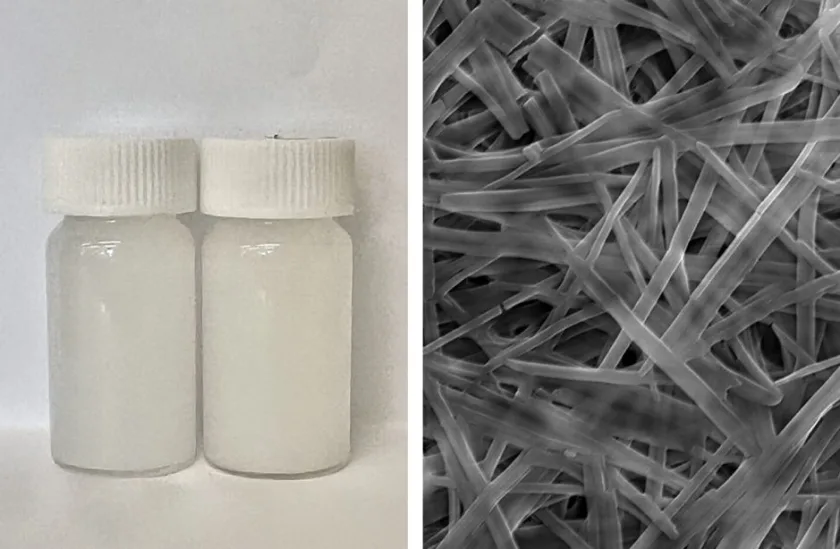
Sussex researchers just unveiled the game-changing power of Martian nanomaterials!
Dr. Conor Boland, the materials physics maestro at Sussex, along with his team investigated the potential of nanomaterials. These materials are smaller than a human hair for Mars’s sustainable future.
The same tech rocking the International Space Station and NASA’s playbook might be Mars’s ticket to eco-friendly living.
Dr. Boland and his team envision the nanomaterial as a source for both clean energy and the building blocks of Martian habitats. The research lights the way, showing that what works in space and at NASA can revolutionize Mars’s energy game and construction scene.
Gypsum is Not just a Rock
Researchers are working on what was once considered waste. Thus, morphing NASA’s trash into Martian treasure.
These scientists using only sustainable methods like water-based chemistry and low-energy processes.
The team has discovered hidden electrical powers in gypsum nanomaterials. So, by tapping into gypsum’s electric side, the researchers are paving way for a clean energy revolution.
From Hydrogen Fuel to High-Tech Textiles
Boland’s research not only supports Martian tech but hints at game-changing eco-breakthroughs right here on Earth as well.
From powering up with hydrogen fuel to decking out in high-tech textiles, these nanomaterials are the ultimate multitaskers.
- In the context of hydrogen fuel, these materials might play a role in processes like water electrolysis or fuel cell reactions. They could enhance the efficiency and performance of systems that generate clean hydrogen fuel. This is a promising and eco-friendly alternative to traditional energy sources.
- By incorporating these materials into fabric, researchers can enhance the properties of the textiles. For example, they might create fabrics that are more resistant to stains, wrinkles, or even provide advanced features like conductivity for wearable technology.
So, whether we’re talking about clean fuel or clothes with superpowers, these materials will make our tech-savvy, eco-friendly dreams come true.

Turning NASA’s Trash into Nanomaterial Treasure
Researchers at Sussex cracked the Martian code using NASA’s slick method to wring water out of Martian gypsum rocks.
NASA dehydrates Martian gypsum to quench astronauts’ thirst, leaving behind a little something called anhydrite, essentially a dehydrated form of gypsum.
Anhydrite, once thought of as rubbish but turns out, it’s pure gold.
Sussex’s brainiacs took that “waste” anhydrite and transformed it into nanobelts – basically, Martian tagliatelle, showing off its potential for clean energy and snazzy electronics.
Not to miss, every step of the way, water gets collected and recycled.
Sussex researchers aren’t just scientists; they’re alchemists turning Martian leftovers into goldmine nanomaterials. And hey, they’re saving the planet’s water cycle while they’re at it.
Takeaway
The transformative nature of the nanomaterial suggests that it could have far-reaching impacts on technology, science, or other fields.
Interestingly, the research is more like a journey from discarded to transformative. And showcasing the untapped potential hidden in what was once deemed expendable. This reminds me of the famous saying: Forget big and bulky – think nano!
Source: Phys.org



